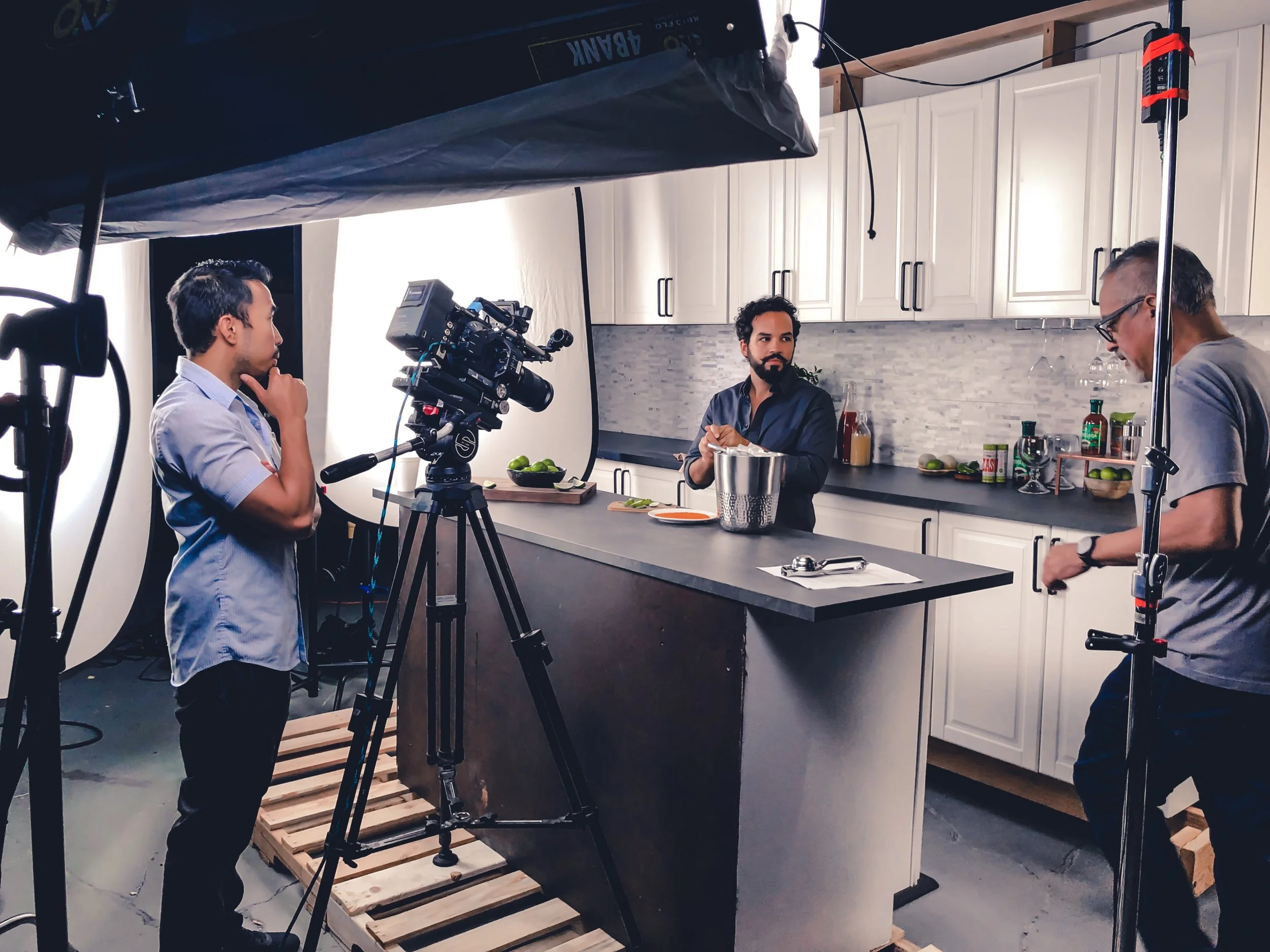Does your video shoot call for exterior shots? Filming outdoors has many benefits to take advantage of, such as the location and lighting. However, filming outdoors requires certain elements to fulfill before filming your video. Reviewing the location, the time of day, and the types of camera equipment you may need are some factors into preparing for your outside shoot, so you will know if you need permits, an external power source, lens, or other equipment, for example. Don’t let the birds chirping, the cars driving past you, or the endless amount of rules and regulations you have to follow deter you from filming outside. In this clip from our video content course, view what gear and documents you need to secure a proper shoot outdoors.
Best Lights For Video Content
Which type of lights is best for your video production? Tungsten, fluorescent, or LED lights? Choosing the lighting in your video production is a crucial task as it sets the tone and mood for the scene you’re shooting. Become acquainted with the lights available and how their use might benefit your needs. In this clip from our video content course, we break down the advantages and disadvantages of using tungsten, fluorescent, and LED lights.
Filming Outside
Are you planning on shooting outdoors? Be prepared with what and how you want to shoot before you film anything outdoors as the location, time of day you plan to shoot, and legal documents all play a role in choosing the site. As shooting in exterior surroundings can be unpredictable, carry tools such as a windsock, ND filters, LED lights, and other essential camera sound and lighting equipment with you. In this clip from our video content course, we go over tips and advice to make filming outdoors a breeze.
Understanding Lighting
How is the lighting on your videos? Do you need more information on which type of lighting is efficient for your production? Understand which lighting is cost-effective, energy-efficient, and flexible for your video creation needs. In this clip from our video content course, we dive deep into the uses of these types of lighting: Tungsten, HMI, Fluorescent, and our recommended LED lights.
Basic Lighting Equipment in 2019
Imagine that you have your equipment set up, your subject and crew are ready for shooting, but a shadow casts on your subject. You constantly try to fix the lighting but nothing seems to work out. Getting the right lighting shouldn’t cause you any stress. Let your videos shine with our basic lighting options!
Lighting is one of the most overlooked aspects of film. Getting just the right lighting for your production is imperative, as too much or too little of it makes it nearly unwatchable. Looking at all the options can be overwhelming, and we’re here to help you make your production perfectly lit.
Types of lights:
Before you buy equipment, first consider the types of lights on the market. Incandescent lights are generally the least expensive and provide the most focused light, but also suffer from a short life span due to releasing large amounts of heat. Fluorescent lights last longer, but are also more expensive and give off softer light. LEDs give off more directional light, and also have a longer life span, but give off a softer light, and become less effective over time. Tungsten lights are industry standard and bright, but get hot over time and have short lifespans. Lastly, HMI lights have long lifespans and are more compact, but also are more expensive and have longer warm up times.
Softboxes VS Umbrellas:
2 of the main types of lights used in video productions are softbox and umbrella lights. Softboxes provide more controlled lights that also reduces shadows, but is generally more expensive. Umbrellas are generally less expensive, and lights a wider area, but this also means there is little to no control over the light.
Other Options:
Camera Mounted: Mounted lights are pretty self-explanatory: it's a light mounted to the top of your camera. While this does have limited options as the light source is always coming from the camera, it’s great for beginners and POV shots.
Barn Doors: Barn doors are the things you often see on theatre lights. Resembling, well, barn doors, these give the ability to shape light, giving much more options to filmmakers.
Stands/Mounts: These are pretty simple in that they give more options when it comes to lighting. You can get high and low angles, making your lights much more versatile.
